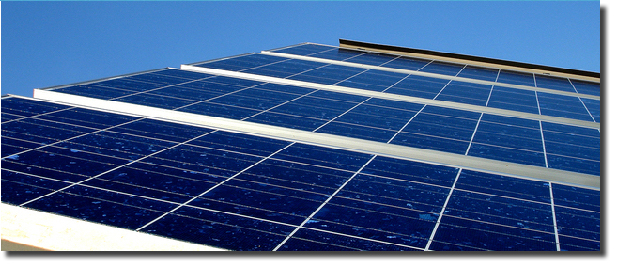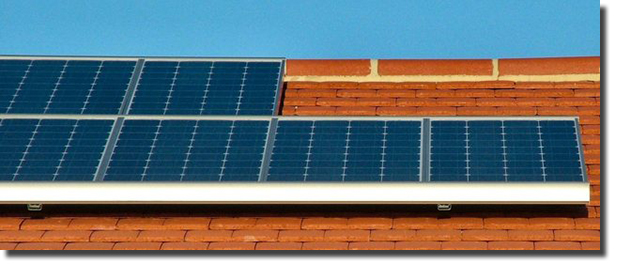
**ADVERTISING ONLY**
Tue 02/26/19
One of the first major decisions homeowners need to make when analyzing the prospect of going solar, is the potential location of their panels. There are many considerations that need to be taken into account when deciding on a proper panel location, like the square footage of your space, the facing direction, and the amount of shade provided. While these questions may be seemingly straight forward, the devil is commonly in the details when referencing local zoning ordinances.
Zoning ordinances are written land use regulations that govern how specific pieces of real property may be used. These ordinances can dictate set back limits, the height of buildings, and in many cases, how solar panels and wind turbines may be placed or oriented. Before taking the dive, land owners should verify that their panel placement is in compliance with all applicable state and local ordinances.

While some cities and townships may be more lenient, it is not uncommon to see a complicated code structure that complicates a homeowner’s choice in the placement of his or her panels. For example, the city of Cleveland Heights’ Municipal Ordinance 1165.02(g) — Solar Panels — defines the city’s restrictions on both building and ground mounted systems. Specifically, 1165.02(g)(2)(A)(1)(a)&(b) prohibits homeowners from placing solar panels on front facing rooftop surfaces without additional petitioning and approval from the city’s Architectural Board of Review. These types of land use restrictions can prove problematic for landowners whose prohibited front facing rooftop surfaces are in optimal sun facing directions.
Cleveland Heights is not unique in its creation of these ordinances. Land use restrictions on solar panel placements exist in other cities like Beachwood — Ordinance 1154.05, Rocky River — Ordinance 1181.19, Chagrin Falls — Ordinance 1153.05, Upper Arlington — Ordinance § 6.09(D)(17), and many others around Ohio. What is more, if your home is located within a designated “Historic District” there may be additional constraints on the placement of your panels.

Most codes cover three different categories of solar systems: roof mounted, ground mounted and building mounted. It is important to decide which system best fits your needs and may be the most profitable for your available surface space. In addition to regulating systems, codes frequently cover the way those systems can be interconnected, advertised and permitted.
Where does an attorney fit into the mix? Attorneys can be very helpful, from start to finish, when any real property owner decides to go solar. They can represent buyers in real property transactions, navigate city ordinances, represent individuals when seeking variances, negotiating with utility companies, and work hand-in-hand with clients to see to it that your project is successful.
For more information on whether you are ready to take the leap into renewables, contact Attorney-at-Law, Martin Bielat Esq. With a passion for the energy industry, Martin Bielat, Esq. makes going solar easy for almost any real property owner. In oder to schedule an appointment, e-mail him at martinbielat@gmail.com. Martin Bielat LLC. – Valuable Legal Solutions for Environmental and Real Estate Issues.

**The information contained in this post is provided for informational and advertising purposes only, and should not be construed as legal advice on any matter. The transmission and receipt of information contained on this Web site, in whole or in part, or communication with Martin Bielat LLC via the Internet or e-mail through this website does not constitute or create a lawyer-client relationship between us and any recipient. The material on this website may not reflect the most current legal developments. The content and interpretation of the law addressed herein is subject to revision. Do not act or refrain from acting upon this information without seeking professional legal counsel.**
